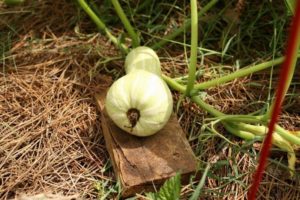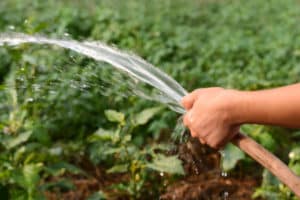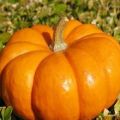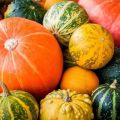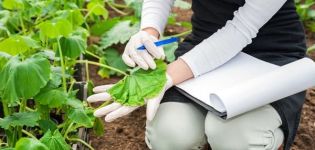Description of the pumpkin variety Pink banana, features of cultivation and care
Pumpkin is appreciated by many gardeners for its simplicity in terms of care. With minimal labor costs, the crop gives a high yield. Pumpkin Pink banana is a unique variety developed by breeders that has high taste and is used to prevent a number of diseases.
Description of the variety
Large-fruited pumpkin belongs to mid-season varieties (from the first shoots to ripening, it takes 90-110 days). The plant is long-leaved with fusiform fruits. With proper care, the mass of one fruit can reach from 5 to 18 kg, length - about 50 cm. The bark of the pumpkin is thin, pale pink in color. The pulp is sweet, rich orange, firm. There are practically no fibers in the pulp, which allows you to preserve the taste after freezing.
Outwardly, the shape of the fruit is elongated and resembles a banana, which explains the name of the variety. In half of the cases, when growing, a typical varietal trait of a culture appears - the presence of a bluish outline in the place where the flower falls from the ovary.
Growing
Sowing pumpkin should be started when the soil warms up to 13-14 degrees. At this temperature, the seeds can germinate quickly and not rot. Sowing a pumpkin crop should be at a depth of about 6–7 cm. To reduce the risk of damage to seedlings, it is recommended to plant seeds at different depths and at a distance of more than a meter from each other.

During the sowing period, the soil is not always saturated with moisture, which can slow down the emergence of seedlings and subsequent growth. When planting in each hole, you must first pour 1.5 liters of warm water, then add seeds and sprinkle with a nutrient mixture. To increase the yield, the wells should be treated with humus or peat chips after sowing.
Care features
Rapid germination of seeds is possible only if additional plant care measures are taken. For this, many gardeners cover the holes with foil, creating greenhouse conditions. When shoots appear in the film, you need to cut holes up to 10 cm through which ventilation will take place.
After spring frosts, the slots can be increased up to 15 cm in diameter in order to completely free the shoots from the shelter and spread them on the surface of the film.
Thus, favorable conditions for growth are created, since the soil temperature is several degrees higher than usual, and moisture evaporation is sharply reduced.

During periods of dry weather, when blooming flowers and when pouring fruits, plants should be watered abundantly with water at a temperature of more than 20 degrees. Periodically, the beds require weed removal and soil loosening. In order not to damage the root system, the soil is loosened first by 8–10 cm, and then by 5–6 cm.
Advantages and disadvantages
The Pink Banana cultivar has a number of comparative advantages over other pumpkin crops. Including:

- Beneficial features. The variety is one of the richest in trace elements and vitamins. Regular consumption of pumpkin contributes to the normal functioning of the digestive organs of the human body.
- Good preservation. After harvesting, the fruits can be stored for up to 6 months.
- Uniqueness. Unlike other varieties, the culture has an unusual appearance and color.
- Rapid maturation. You can grow a crop in 3-4 months if you create greenhouse conditions conducive to accelerated growth.
- Taste characteristics. The fruits can be eaten raw due to their sweet taste, or used to prepare various dishes.
Of the disadvantages of growing a pumpkin of the Pink Banana variety, one can single out the need for frequent watering and the possibility of encountering pests. Growing fruits requires adherence to a number of nuances and rules.
Pests and diseases
Of all the diseases inherent in vegetable crops, bacteriosis is the most dangerous for pumpkin. The manifestation of the disease occurs in the form of the appearance of brown ulcers, due to which the fruits bend and rot. If such symptoms are found, diseased plants should be plucked, and the rest of the crop should be treated with Bordeaux liquid.
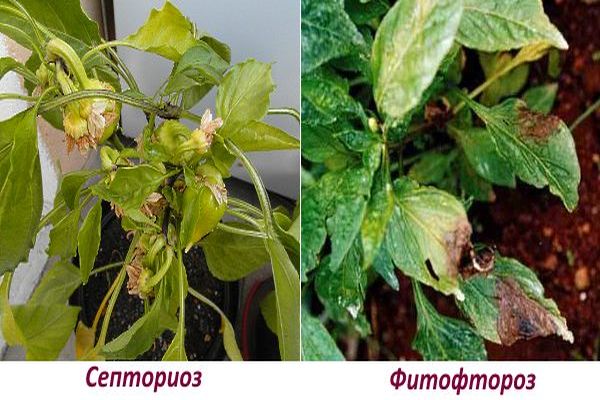
If pests such as spider mites or melon aphids are found on the beds, you need to regularly spray the seedlings with water or infusion of onion peels during the day. To prevent the emergence of new pests, it is important to constantly remove weeds from the garden and follow the rules of crop rotation (do not plant a pumpkin in one place for 3-4 years).
Harvesting and storage
Compliance with the rules of sowing and care will allow you to grow up to 10 pumpkins on one bush. You can harvest the fruits after the first light frosts. The primary signs of maturation are a well-defined bark pattern and hardening.
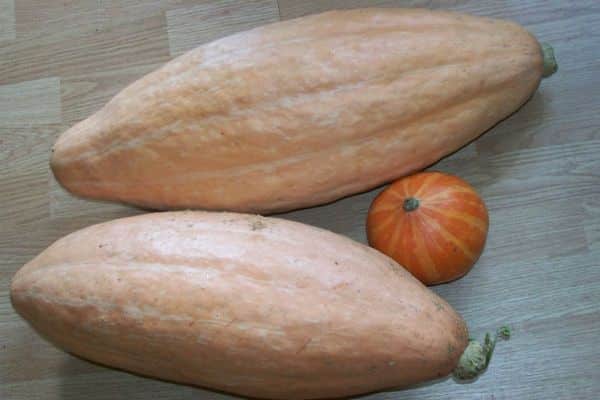
You can store pumpkin in the refrigerator or in a cool dark place. One of the important conditions is the absence of excess moisture. Otherwise, the crop can start to rot and mold. If you need to store the pumpkin for a long time, you need to choose only well-ripened fruits, on which there are no obvious spots and damage.
When laying fruits on racks or in a box, it is better to make sure that they do not come into contact with each other. Put the pumpkin with the stalk up.
Gardeners reviews
Ekaterina, Volgograd:
“I liked this variety very much, 6 pumpkins grew on one bush at once. Very sweet, you can't convey this with a response, you need to try. The pulp is not tough. I store it only in the refrigerator, sometimes I even eat it raw. I will definitely plant it next year. "
Mikhail, Tomsk:
“I heard a lot about this variety, but only this season I decided to plant it on my site. Gathered a good harvest, many times more than expected. I haven't tried it yet, but outwardly the fruits look very attractive and unusual. "
